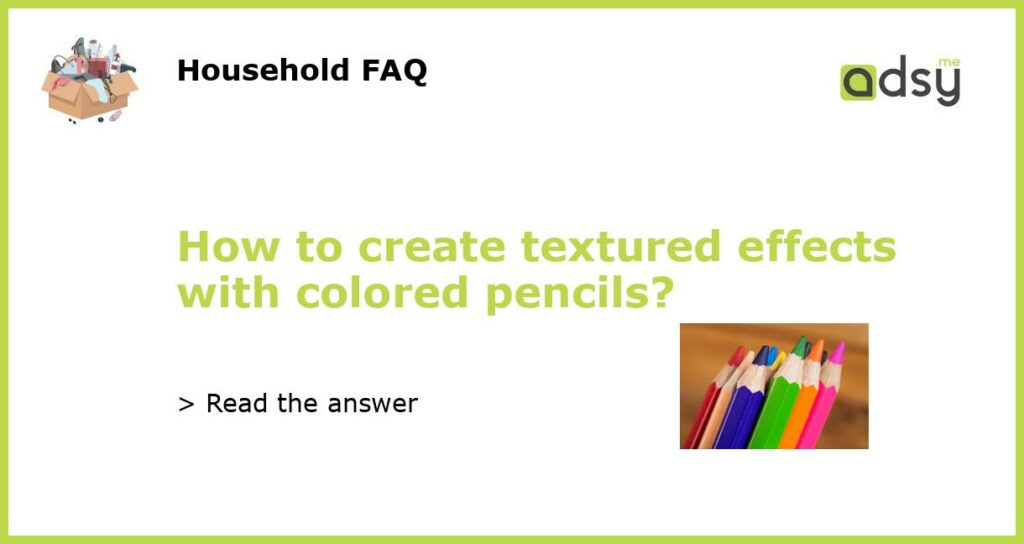Create textures with colored pencils
Colored pencils are versatile tools that can produce various effects, from smooth gradients to textured surfaces. In this article, we’ll explore how to create textured effects with colored pencils that can add depth and dimension to your artworks.
Understanding the basics
Before we delve into creating textured effects, let’s first understand the basics of how colored pencils work. Unlike other art media such as oil or acrylic paints, colored pencils don’t blend like liquid pigments. Instead, they layer and blend by the application of pressure and the use of different strokes.
Creating texture with different strokes
One of the easiest ways to create texture with colored pencils is to use different strokes. For example, you can use crosshatching to create a woven or basket-like texture, or circular strokes for a rougher surface. Experiment with different angles and pressure to achieve the desired effect.
Add depth with layering
Layering is also an effective way to add depth and texture to your colored pencil artworks. By layering different colors and intensities, you can create the appearance of natural textures such as wood grain, fur, or feathers. Start with a light base color and build up the layers gradually, alternating between lighter and darker hues.
Explore different paper textures
Lastly, it’s important to consider the paper texture when creating textured effects with colored pencils. Rougher paper surfaces can produce more pronounced texture, while smoother surfaces are better suited for blending and creating smooth gradients. Experiment with different types of paper, from smooth bristol board to textured watercolor paper, to discover what works best for your artworks.






